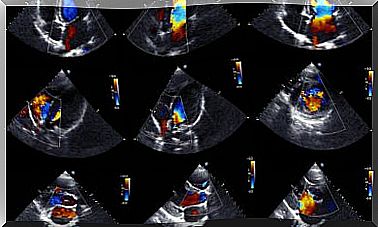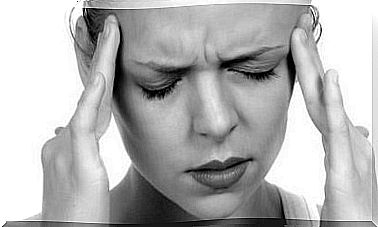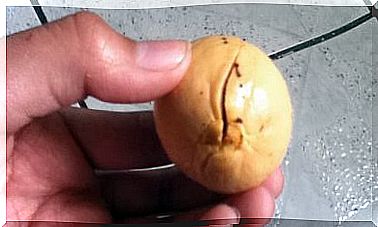Orthodontics In Older Adults: When Is It Recommended?
Although appliances in the mouth are often associated with children, adolescents and even young adults, today it is no longer so. Today, orthodontics in older adults is possible and is becoming increasingly popular.
These treatments allow to correct bite problems, but also add aesthetics to the smile. With the appliances, old occlusion alterations can be treated and restore functionality and beauty to the oral cavity.
Many older people, for various reasons, have not treated their malocclusions in youth. And it is in the third age the moment when they are encouraged or can afford it.
In this article we tell you what orthodontics in older adults consists of, its benefits, risks and the most recommended options for the elderly.
When is orthodontics recommended in older adults?
As we already mentioned, treatments with oral appliances are used to solve occlusion problems. Thus, for example, it is possible to correct crowding, diastema, open and cross bites, overbites and dental malpositions.
However, orthodontics in older adults is more complex than that applied to children. The biggest difference is that the jaw bones have already fully developed.
In general, the indication for orthodontics in older adults is done to maintain the functionality and health of the oral cavity. These are patients who usually have teeth with root canals, veneers, bridges or implants. Thus, the devices are placed so that the bite in that mouth with artificial elements is as balanced as possible.
Also, the need for the use of devices in older people may arise from age-related changes. The modification of the position of the teeth, the loss of gums or the wear of the temporomandibular joint are alterations typical of aging that orthodontics can correct.
Another indication for these treatments is the need to prepare the mouth for rehabilitation procedures. An oral cavity with a harmonic occlusion will respond better to the installation of posterior prostheses or implants.
It is vital that, when beginning any orthodontic treatment, the mouth is in optimal health.
The search for a better facial appearance and a beautiful smile is the main motivation that mobilizes older adults to accept this type of approach. Well, although these are functional and morphological conditions, the aesthetic results obtained provide patients with security and confidence.
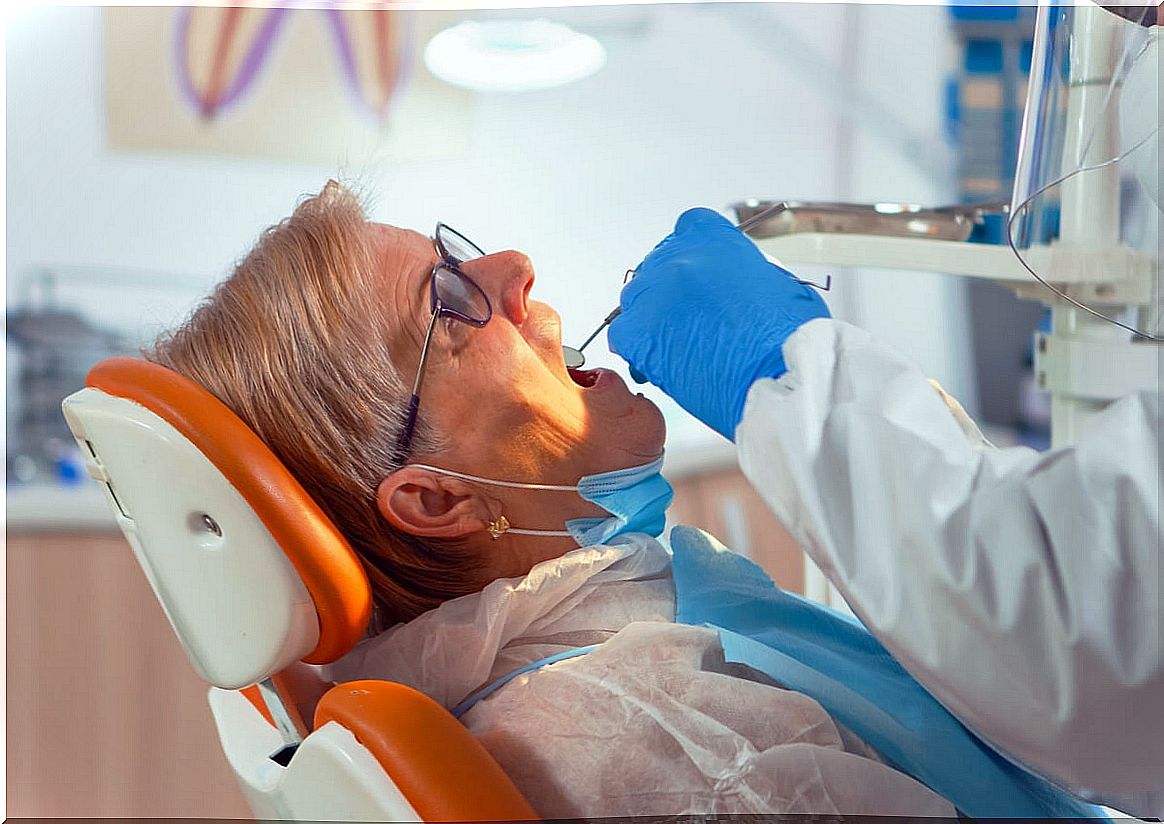
Orthodontic Options for Older Adults
There are different kinds of braces that can be placed on the elderly. The choice of the type of orthodontics in older adults will depend on the clinical case, the patient’s needs, their financial possibilities and aesthetic interests.
Each device has its own characteristics. The dentist should explain to the patient the most appropriate options for their particularity and help them choose the best option within their possibilities.
In many cases, interdisciplinary treatment is necessary to attend to all the conditions of the elderly patient. Thus, the joint work of the professionals allows obtaining harmony in the bite and oral health. Cooperation is vital to the success of therapy.
Of the orthodontic treatments in older adults, the following are the most common options.
Metal braces
It is the most conventional and economical type of appliance. It consists of the brackets , which are the metal pieces that are cemented on the dental surfaces, and the metal arch. Perform movements of the dental elements progressively, until reaching the appropriate position.
They are very noticeable at first glance, being a disadvantage for those looking for aesthetics. For this reason, they are not the most chosen by older adults, since there are more discreet alternatives.
Brackets ceramic or sapphire
This type of orthodontics works in the same way as metal braces . They have the difference that they are made with materials of the same color as the tooth. They manage to have a much more acceptable aesthetic.
The brackets made of ceramic material are a less expensive option. The downside is that they can become pigmented with use.
Sapphire ones are made with microcrystals of this material. They are characterized by being translucent, allowing light to pass through and a glimpse of the natural color of the underlying tooth. This material is very resistant and does not stain with use.
These aesthetic options are suitable for orthodontics in older adults, concerned about the appearance of their smile during treatment.
Lingual braces
It is a very aesthetic and invisible method. Well, the appliances are placed on the internal faces of the teeth. That is, the brackets are cemented in the areas of the teeth that face the tongue, being imperceptible.
The only disadvantage is the discomfort that the patient may present to maintain dental hygiene.
Invisalign
This orthodontic method does not use braces , it is invisible and the patient can put it on and take it off himself. It consists of a set of transparent splints that are tailor-made for each person and change progressively.
It is a very comfortable orthodontic methodology for older adults. It is almost imperceptible and allows the patient to remove them to eat, attend a social event and brush their teeth. In addition, it prevents injuries to the oral mucosa from friction, which is a very common accident.
However, although the patient can remove them, it is vital that they do not overdo it on a frequent basis. Use of at least 22 hours per day is required to be successful.
Possible obstacles
The use of orthodontics in older adults is not the same as that applied to children and adolescents. Treatments usually take more time and effort.
The beginning requires a period of adaptation. For some patients, this can be an obstacle, as they have problems speaking or eating normally.
The characteristics of each type of appliance may bring some inconveniences inherent to the chosen appliance. For example, those who use braces often have wounds in the mouth from injuries. The adjustment of the appliances is accompanied by discomfort or pain that subsides with the passage of time.
Changes inherent to age can also represent a difficulty in the use of orthodontics in older adults. These are some physiological events in the elderly that affect the use of appliances:
- Gum changes: it was already mentioned that it is necessary to have a healthy mouth before starting orthodontic treatment. Gum disease and periodontitis are quite common in older people. If this is not addressed and is reversed it can represent an impediment.
- Bone loss: the thickness of bone mass decreases as time passes. A bone that is too fragile, which is evident radiographically, is not suitable to receive forces such as those applied with orthodontics. On the other hand, those who have taken osteoporosis medication for a long time have too hard bones that make tooth movement difficult.
- Previous dental treatments: an adult mouth has previous dental treatments that must be taken into account when considering an approach with appliances. Fillings, crowns, root canals, implants, bridges, and missing teeth are factors to consider.
Expected results of orthodontics in older adults
We have already mentioned that orthodontic treatments in older adults suppose a longer duration than those carried out in young patients. The time depends on the objective that is sought, but in general it varies between 2 and 3 years.
The results obtained are not the same as those of orthodontics in young people. It is important that the patient knows what is going to be improved in his mouth and that false expectations are not generated. It is a long and expensive treatment.
Beyond the particular situation that is sought to be corrected with the use of the devices, the improvement in the quality of life of the patient is the main objective that is pursued. Thus, orthodontics in older adults can achieve the following:
- Proper chewing: dental malpositions or the incorrect relationship of the jaws to each other affect the way of chewing. With orthodontics it is possible to correct these alterations, improving the way of eating.
- Oral health: teeth aligned in a balanced way and correction of crowding reduces the risk of cavities, gingivitis and periodontal disease. As it allows the patient to have better access for dental hygiene, reducing the accumulation of bacterial plaque.
- Avoid tooth wear: tooth wear is common over the years. If the occlusion is not correct, this deterioration of the teeth is much greater. With bite correction, excessive damage is avoided.
- Prevent joint and muscle injuries: alterations in occlusion affect the temporomandibular joint and generate tension and pain in the head, neck and chewing muscles. By correcting the occlusion causing the problem, they can be avoided.
- Increases self-esteem and confidence: changes in the smile and the appearance of the face help the patient gain self-confidence and feel better about their body.
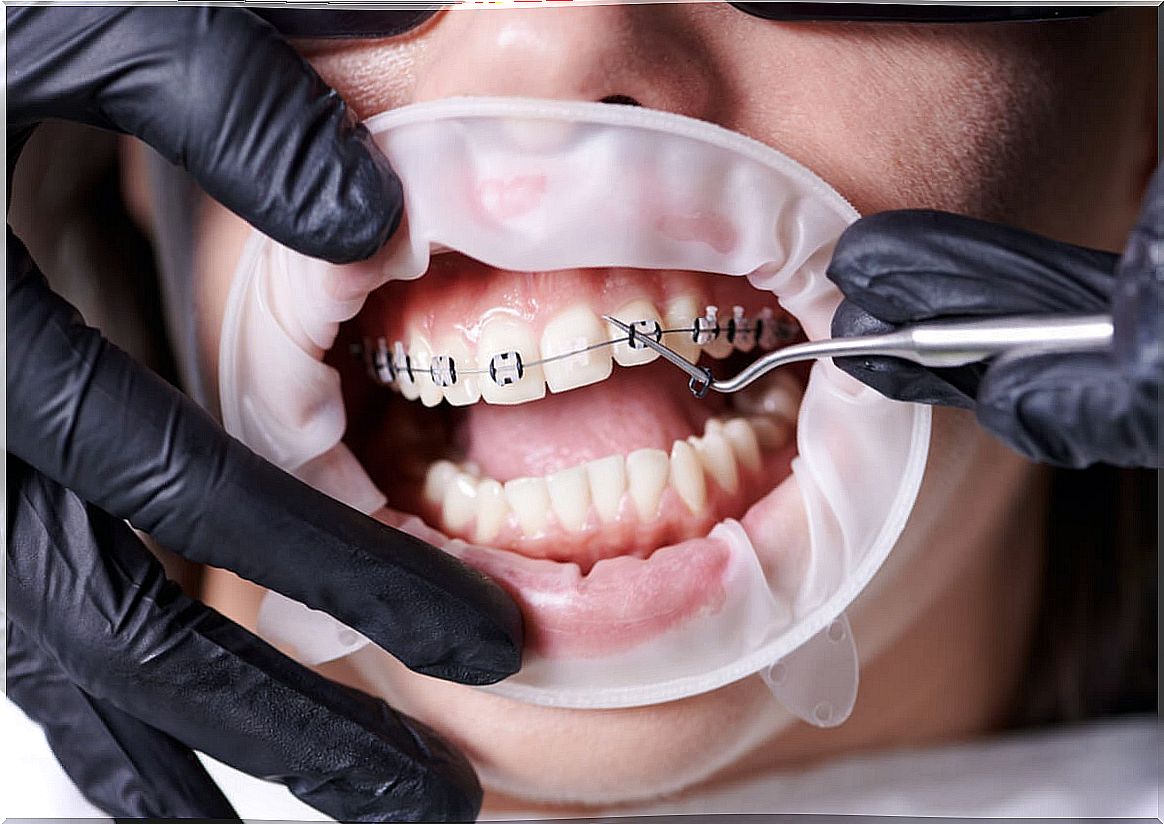
Tips for successful orthodontics in older adults
Orthodontic treatments in older adults are a possibility that allows to restore functionality and aesthetics to mature mouths. A thorough previous study and an adequate treatment plan are required. Assessing the conditions of the mouth and the general health of the patient are essential.
The type of appliance is chosen according to the need of the case, the preferences and possibilities of the patient. Beyond this, collaboration following all the dentist’s instructions is essential for success.
Those who have opted for braces should practice thorough dental hygiene. Also, they have to avoid very hard and sticky foods.
Patients who choose clear splints can perform feeding and oral cleansing in the usual way, removing the appliances. But they must wear the appliances most of the day and take care not to lose them. Cleaning them is also very important so that they do not deteriorate.
Attending all scheduled reviews is essential for success. This allows you to make the necessary adjustments and check that everything is going well.
In addition, talking to the professional about expectations, fears and feelings is a routine. Well, a relationship of trust must be generated with the person who accompanies the changes of the smile.

